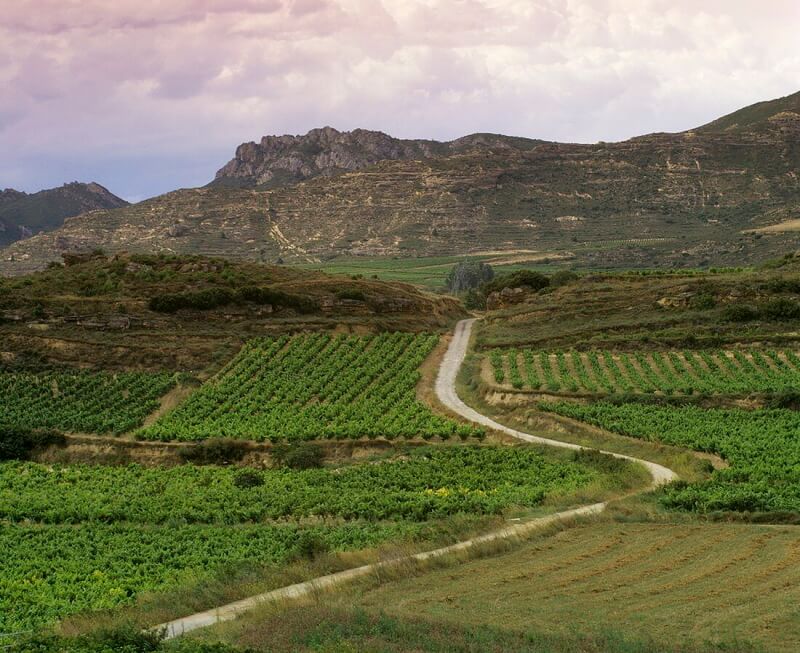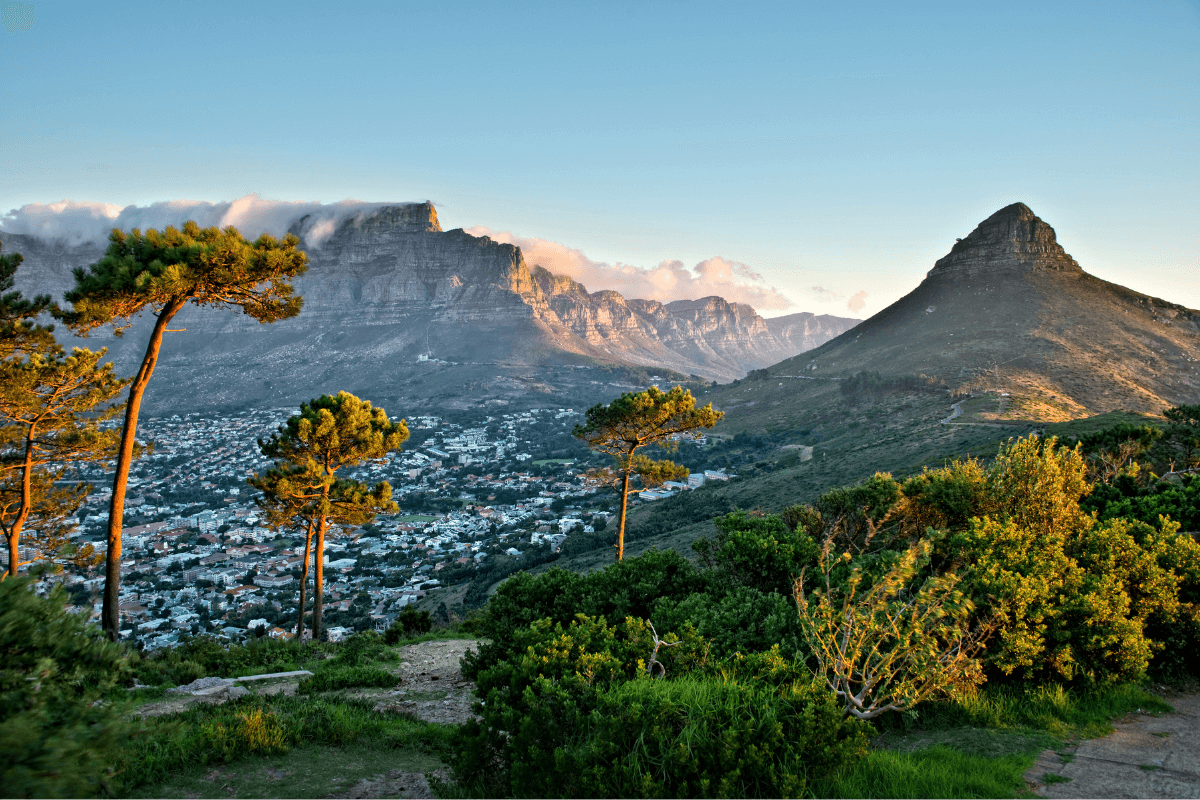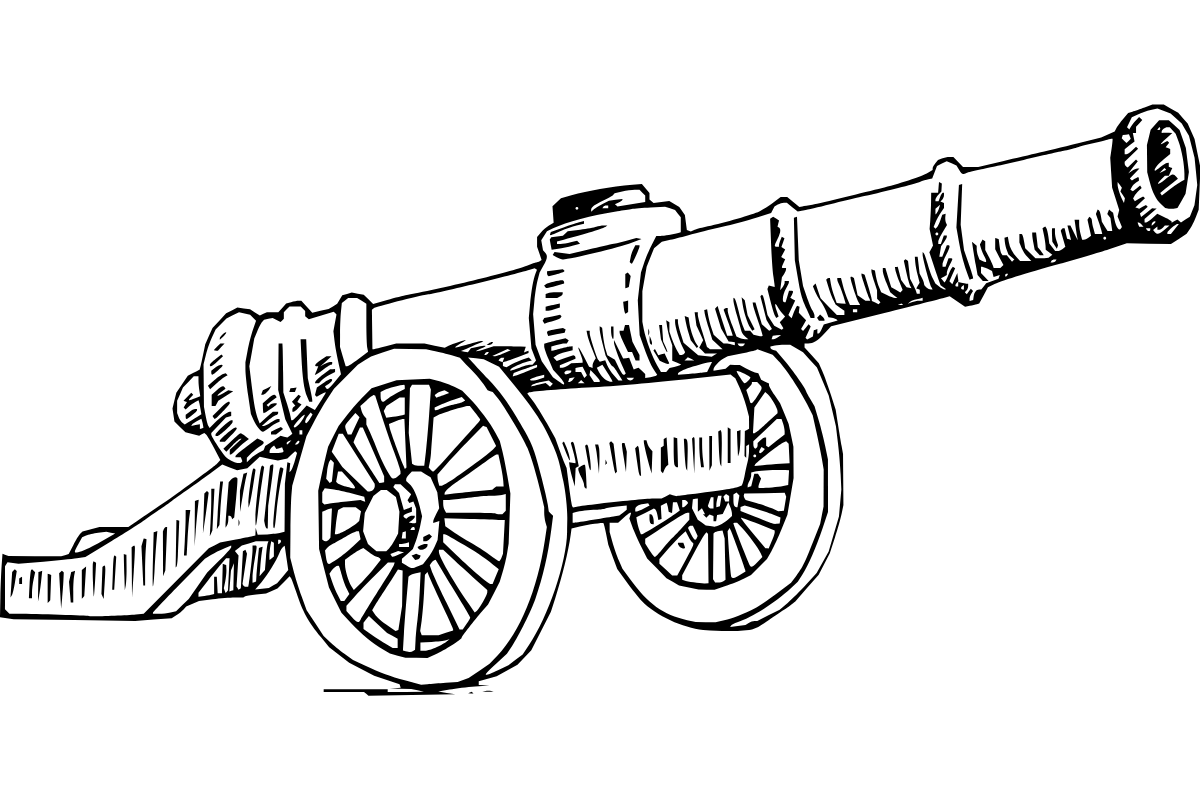Fresh from the coolest slopes in Rioja, a new iteration of Spain’s most famous liquid export has landed on our shelves – just in time for a month-long celebration of Rioja. I couldn’t be happier to see these wines.

The Alavesa and the north of the Alta regions are those most blessed with slopes at altitude on the south side of the Sierra de Cantabria. This magnificent eruption of limestone runs west to east, sheltering Rioja from the worst of the Atlantic climate to the north.
While the northerly location and altitude provide a cooler climate, the slopes face south into the sun. The limestone bedrock and soils are reflected in a freshness you might associate with Chablis or Sancerre.
Add to the mix a heritage of small plots of old vines and you have all the elements for fresh, terroir-driven wines. It is, literally and metaphorically, Rioja’s coolest spot.

So where does this new style of winemaking, predicated on site and fruit, fit into a region which has always classified quality on the basis of how long a wine has spent in barrel and bottle before it’s sold? The truthful answer is that it doesn’t – so an entirely new classification has been evolved to deal with it.
In the World of Wine, it is a truth universally acknowledged that rebellious winemakers will drive change – and that regulations will in due course evolve to reflect that. There are precedents – Super Tuscans and the improvements to Chianti production rules are probably the most well known.
In Spain, Priorat classifies its wines by site and recently Bierzo in the northwest followed suit. And Cava has just re-invented its rules to stop the best producers leaving the D.O.

- Single Vineyards
- Village Wines
- Wines from a zone (Alta/Alavesa/Oriental)
- Wines from Rioja
One unforeseen complication – which the Badiola L4GD4 falls foul of, is that the winery and the vineyards have to be in the same village for a Vino de Pueblo appellation and many are not.
This new classification sits alongside the familiar one – Cosecha, Crianza, Reserva and Gran Reserva, to which Gran Añada has been added for Cava produced in Rioja (where the ageing rules are more rigorous).

Our New Wave Additions
Izadi Larrosa Negra 2019, Bodegas Izadi, Rioja – 100% Garnacha
Izadi are relative new-comers in Rioja. The Bodega opened in 1987 and is part of the Artevino Group who also owns Finca Villacreces in Ribera. Nowadays the choice of a Burgundy shaped bottle is often a declaration of a Modern style – as opposed to the more traditional Bordeaux-shaped one.
In this wine, Izadi are picking up on another recent trend – the rehabilitation of Garnacha in Rioja. Many old Garnacha vines were planted in sites too cool to ripen the warmth-loving variety, but climate change has made some of those sites viable now.
The wine is a blend of old vineyards planted in 1975 in the Alavesa region, on clay and chalk soils with pebbles, at 700 metres. Picked late in October, the wine ferments in stainless steel and is aged in a mix of used French and American oak barrels for only 6 months.
Bodegas Taron, Pantocrator 2010 Edición Limitada – 100% Tempranillo
Only produced in very good years, Pantocrator comes from 50-year-old bush vines in Montes Obarenes. The wine is fermented in stainless steel where it is then ages for 1 year before being transferred to new American oak for 2 years. The wine is then returned to a steel vat to age for a further year before bottling and then 6 years in bottle before release.

Montes Obarenes in the Alavesa
Badiola
Founded in 2018 with the help of Kiwi M.W. Sam Harrop, Badiola focuses on site rather than ageing. The vineyards in the villages of Villabuena, Laguardia and Baños de Ebro date back to the 1920s and 30s in many cases and are planted on hillsides with a high percentage of limestone.

Badiola Vino de Pueblo, Laguardia L4GD4 2018
100% Tempranillo grapes from 300 small parcels of hillside 50-year-old vines. The average plot is just 0.3 hectare! Stainless steel fermentation to keep the purity of the fruit with just one third of the wine ageing in used French and American oak to round out the wine without any overt oak flavour.
The pretty hilltop village of Laguardia has a slightly warmer climate which favours elegant approachable wines which are light and perfumed. Fermentation in concrete vats and steel tanks with gentle extraction. 42% matured in larger French barriques and the rest in stainless steel for 8 months. Bottled in January 2019.
The label has the grid reference for Laguardia – and as the winery is not in the village, they are not allowed to put the name on the label.

These lovely new additions complete our Rioja range and bring it right up to date – and offer a very different perspective on this beautiful and dynamic corner of Spain.



